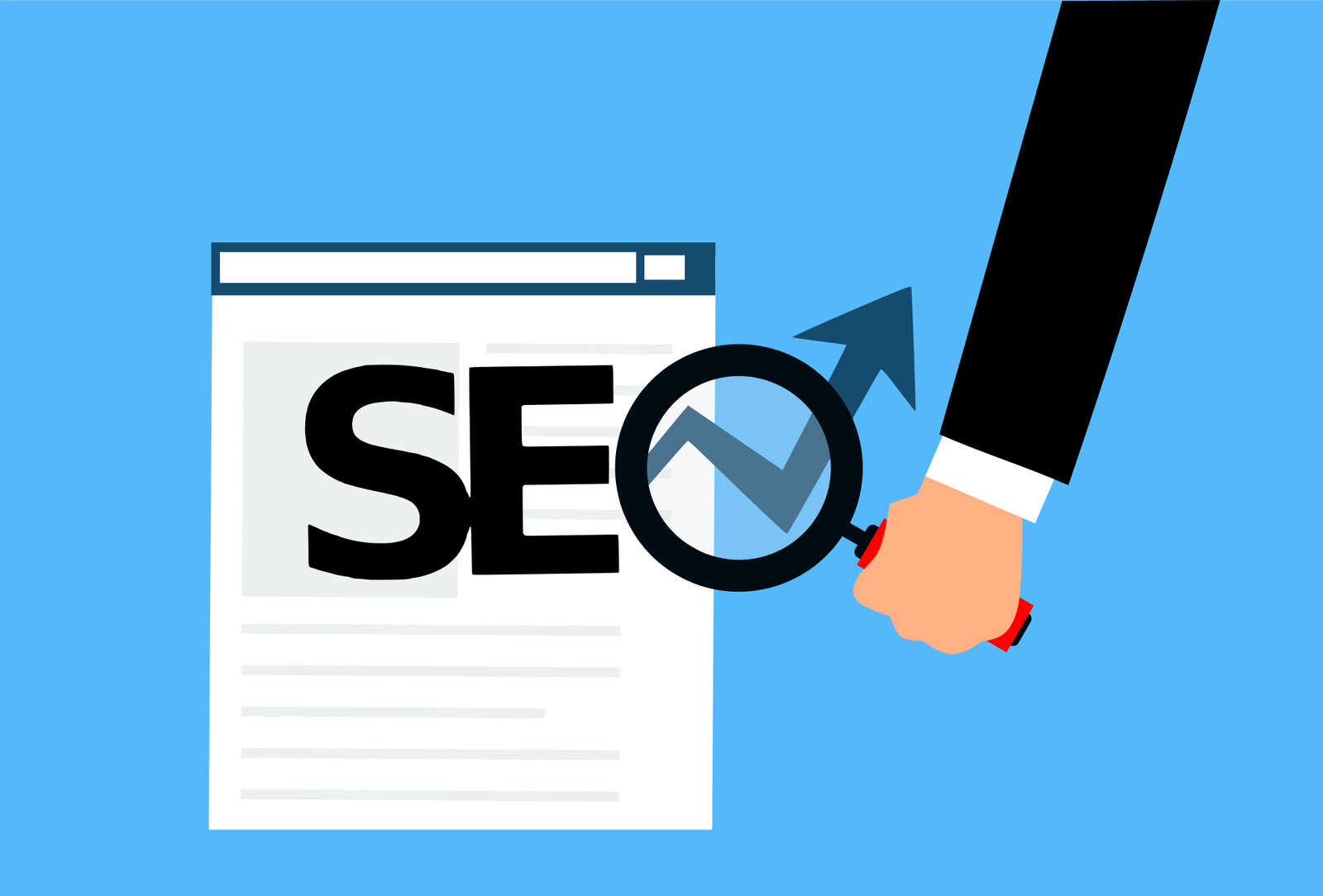SEO (Search Engine Optimization) and SEM (Search Engine Marketing) are both strategies used to drive traffic from search engines—but they work in different ways.
✅ What is SEO?
SEO focuses on improving your website’s visibility organically—meaning you don’t pay for placement. It involves optimizing your site’s content, structure, and technical setup to rank higher in search engine results pages (SERPs).
Key Components of SEO:
- On-Page SEO: Keyword usage, meta tags, content quality
- Technical SEO: Site speed, mobile-friendliness, crawlability
- Off-Page SEO: Backlinks, social signals, online authority
💡 Goal: Get long-term, consistent traffic without paying for clicks.
✅ What is SEM?
SEM includes paid strategies to increase visibility on search engines. This often refers to Pay-Per-Click (PPC) advertising, where you pay for your site to appear at the top of search results.
Key Components of SEM:
- Google Ads (formerly AdWords)
- Targeted keyword bidding
- Ad copywriting and landing page optimization
💡 Goal: Get immediate visibility and traffic by paying for ad placement.
⚖️ Key Differences Between SEO and SEM:
| Feature | SEO | SEM |
|---|---|---|
| Traffic Type | Organic (free) | Paid (ads) |
| Time to See Results | Slow (months) | Fast (hours/days) |
| Cost | Time and effort | Pay-per-click (budget needed) |
| Longevity | Long-term benefits | Short-term unless ads run |
| Click-Through Rate | Often higher in organic results | May be lower than SEO |
🧠 Which One Should You Choose?
- Choose SEO if you want sustainable, long-term growth.
- Choose SEM if you want instant traffic or have a new website.
- ✅ Best strategy: Use both together for maximum impact.

